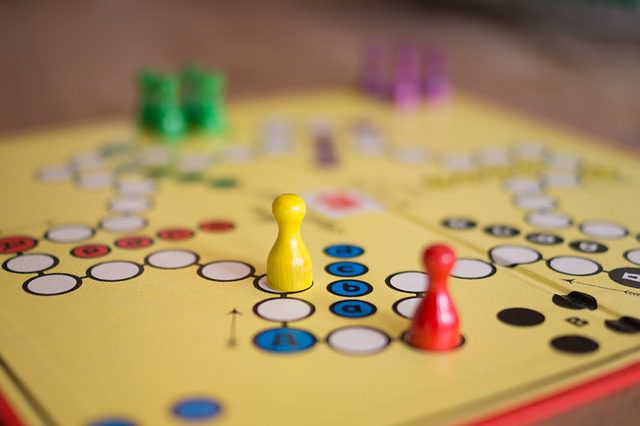Gamification: games as business tools

What is Gamification?
For some time, a lot of talk has been going on about gamification as an effective lever to boost marketing strategies. But what does gamification mean? Basically, gamification is the concept of applying video game mechanics and game design techniques to, promote a product and a communication campaign, and engage and ensure the loyalty of customers. By incorporating fun and competition in its marketing strategies, a brand involves fans and prospects alike in a “game” that works just like video games: design, points, levels, rewards and challenges.
Everybody likes to play, ever since infancy: why not use this aspect to promote a product or a service? On the other hand, it is nothing but a way to establish an emotional connection with one’s own target audience and build a long lasting relationship with them, at the same time turning them into brand ambassadors (word of mouth always works!). Giving a voice to those who are happy with a company is one of the most effective tactics in marketing strategy that, today much more than yesterday, should provide tangible benefits to its target.
Gamification is promising in every area: from marketing to the world of work, from health to public bodies, to school. All organizations are able to leverage gamification to motivate people, gain their loyalty, monitor data and behaviours, and increase productivity to improve people’s lives.
Brands that use gamification
There are several brands that use gamification to achieve their marketing objectives: the following are some examples.
The American Domino’s Pizza chain has created a gamification system in its ordering app: those who are undecided on what to order can shake their smartphones for topping “suggestions”.
Nissan’s Carwings app, integrated in the marque’s hybrid and electric Leaf models, enables drivers to find out how much fuel they are consuming and to participate in a competition with others: based upon a ranking system, the most virtuous motorists receive prizes and rewards.
Xerox, the well-known printer and copier manufacturer, has come up with a fun way to do training: instead of endless seminars and days and days of classes, they have decided to use Qstream, an app similar to Trivia Crack: by answering quizzes in competition with their colleagues, employees learn what they need to perform their jobs just by playing.
Last but not least, Coca-Cola: at the start of the 2014 football World Cup in Brazil, the brand launched Happiness Flag, which enabled people to print their faces on big flags.
As we see, gamification has taken its rightful place in the marketing strategies of more or less structured companies, both niche and otherwise, due to its effectiveness in engaging the public.
The next step? More customization
Gamification will make use of big data and behavioural studies to offer both fans and customers more personalized experiences, thus becoming more sophisticated. We just have to wait for the evolution of this particular discipline, which promises to become one of the most used in the marketing of both today and tomorrow.




